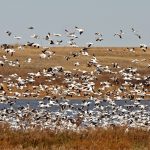Avian influence concerns are mounting as the Canadian Food Inspection Agency has reported the first case in a domestic pet. The dog in Oshawa, Ont., was confirmed to have been infected and died from avian influenza after it was found chewing on a wild goose. A necropsy conducted April 3 confirmed the cause of death. […] Read more
 Livestock Management
Livestock Management

Stolen cattle recovered
A 48-year-old man faces criminal charges after Saskatchewan and Alberta RCMP recovered 10 head of cattle that were stolen in Thorhild, Alta., and taken to a pasture near Martensville, Sask. The recovered cattle are worth more than $25,000. Alvin Hamm has been charged with possession of property obtained by crime over $5,000. He is scheduled […] Read more
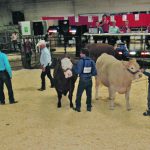
Proposed livestock traceability changes alarm ag societies
Federal government considers making fairs, exhibitions and veterinary clinics more responsible for tracking animals
The Canadian Association of Fairs and Exhibitions says proposed new federal traceability regulations will impede the ability of volunteer agricultural societies to hold events. At issue is proposed changes under the Health of Animals Regulations, which would address what the government says are gaps in reporting movement of livestock. Even in areas that are covered […] Read more
Immunity transfer vital to calf health
Colostrum quality is affected by the health of the mother, body condition and the nutrition it received during pregnancy
Several studies assert that passive transfer of immunity is the most important factor affecting the pre-weaning health and survival of beef calves, particularly after a difficult birth. Calves are born with an immature immune system and need the antibodies in colostrum to protect them in early life. “If you have a dystocia such as a […] Read more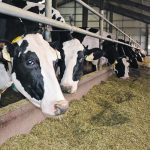
Researchers work to develop Johne’s vaccine
Universities of Calgary and Saskatchewan both developing vaccines, and there are plans to see if they can be combined
Researchers at the University of Calgary are one step closer to introducing a vaccine that will help dairy producers combat Johne’s disease in cattle. While Johne’s disease — an ailment closely related to tuberculosis — can be found in all ruminants, it is particularly high in dairy cattle. As much as 50 percent of Alberta’s […] Read more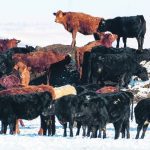
No miracle solutions expected to reduce cattle emissions
Nobody should expect a miracle additive or measure to shut down methane emissions from cattle, says a senior Agriculture Canada researcher. Methane comes from the fundamental process of ruminant digestion, so it’s unlikely to be eliminated while productivity is maintained. “For the most part, these are going to only result in marginal reductions in methane […] Read more
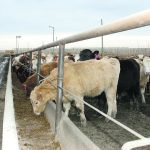
Opportunistic microbes can use underlying conditions
Infectious diseases occur when something tips the balance of the complex interactions between the host, pathogen and their environment. In terms of microscopic pathogens, the main ones include viruses, bacteria and fungi. These pathogens are often categorized into two groups based on fundamental characteristics: primary pathogens and opportunistic pathogens. Understanding these groups is a key […] Read more
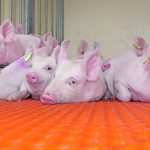
Concrete might make farrowing comeback
The Egyptians began working with concrete 5,000 years ago. The Romans employed it widely by 200 B.C. Modern civilization is built upon a stunning variety of concretes. It’s hard to find a modern structure that doesn’t use concrete. In agriculture, it’s everywhere, from grain elevators to farmyards to processing plants. It forms the basis and […] Read more

Stolen cattle recovered in Sask.
A 48-year-old man faces criminal charges after Saskatchewan and Alberta RCMP recovered 10 head of cattle that were stolen in Thorhild, Alta., and taken to a pasture near Martensville, Sask. The recovered cattle are worth more than $25,000. In February, the Alberta RCMP Livestock Investigations Unit launched an investigation after 30 cattle were reported missing […] Read more
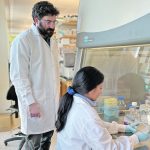
Enzyme can switch off livestock drugs
An antimicrobial gene in bacteria creates an enzyme that can deactivate certain medications used to treat livestock
Scientists have found that an antimicrobial resistance gene in bacteria collected at a western Canadian feedlot creates an enzyme that can deactivate drugs used to treat diseases in cattle and other livestock. The EstT enzyme can affect macrolides antibiotic drugs such as tylosin, also sold as Tylan, which is a common additive in feed to […] Read more
 Livestock Management
Livestock Management